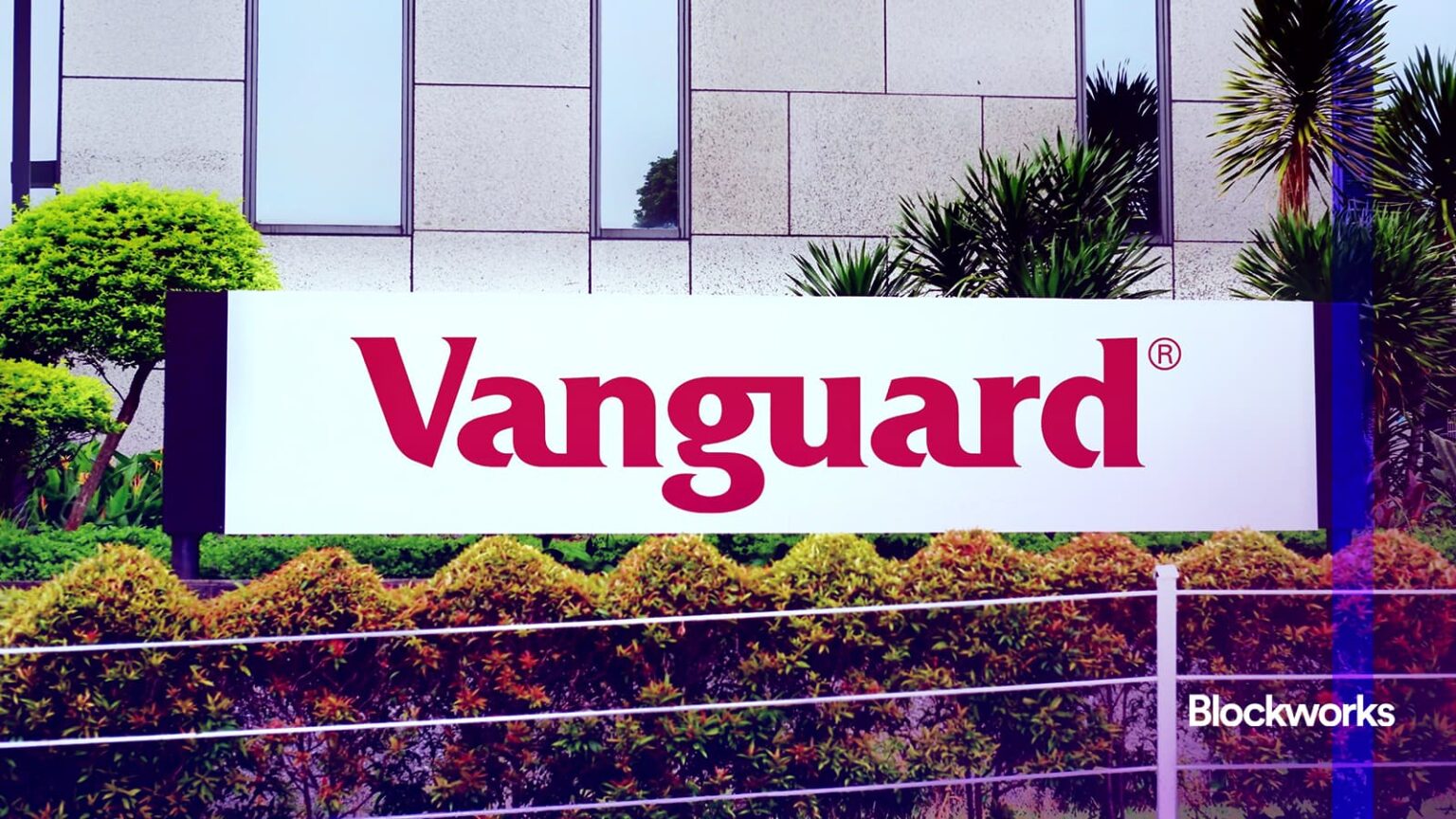Vanguard Resists Crypto ETFs Amid Competitor Expansion
As BlackRock, the world’s largest asset manager, expands its crypto offerings, rival Vanguard has resisted entering the market, citing a commitment to traditional asset classes.
BlackRock’s Credibility Boost
BlackRock’s management of $11.5 trillion in assets lends credibility to crypto, particularly through its iShares Bitcoin Trust (IBIT), the fastest-growing ETF of all time. With nearly $69 billion in assets as of Wednesday, the trust underscores growing investor demand.
Vanguard’s Cautious Approach
Vanguard, with assets under management comparable to BlackRock, stated that crypto ETFs “do not align with our offerings focused on asset classes such as equities, bonds and cash,” which Vanguard views as the building blocks of a long-term investment portfolio.
The company blocked access to IBIT and Ethereum-based ETFs on its brokerage platform shortly after their launch, reinforcing its initial stance.
Historical Context & Competitor Actions
While Vanguard’s founder John Bogle previously advised avoiding Bitcoin like the plague, BlackRock CEO Larry Fink initially dismissed Bitcoin as linked to money laundering but later acknowledged its potential role in diversifying portfolios.
Several other financial giants are embracing crypto:
- State Street Global Advisors: Launched several actively managed crypto funds.
- Fidelity: Offers a Bitcoin ETF and has entered the stablecoin space.
- Charles Schwab: Allows crypto ETF trading and eyeing spot crypto offerings.
- Morgan Stanley: Reportedly exploring adding crypto trading to E*Trade.
- Bank of America: Exploring stablecoin business and citing potential $1.6 trillion market.
- Wells Fargo: Open to client spot purchases and views crypto as investable.
“Nannyish” Objections & Prediction of Change
Financial analysts criticize Vanguard’s position as nanny-like, preventing customers from making their own investment choices. Experts predict competition and evolving client demands will likely compel Vanguard to offer crypto products by the end of the decade. Decisions may ultimately hinge on either meeting client pressure or capitalizing on investment opportunities when regulations provide clarity.












